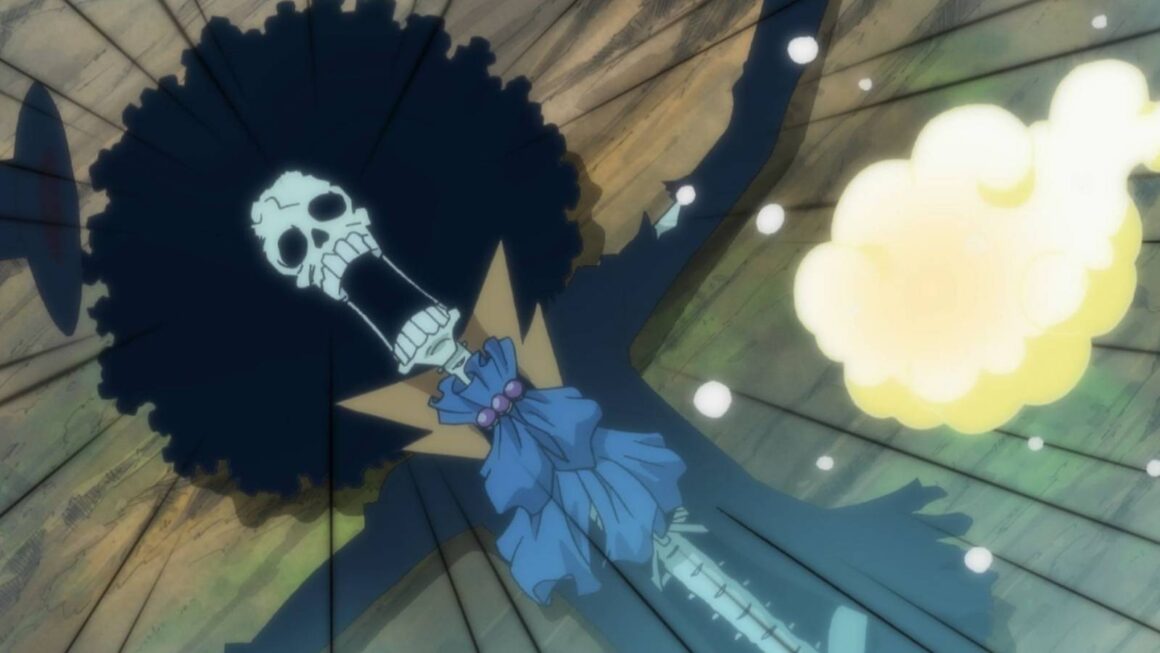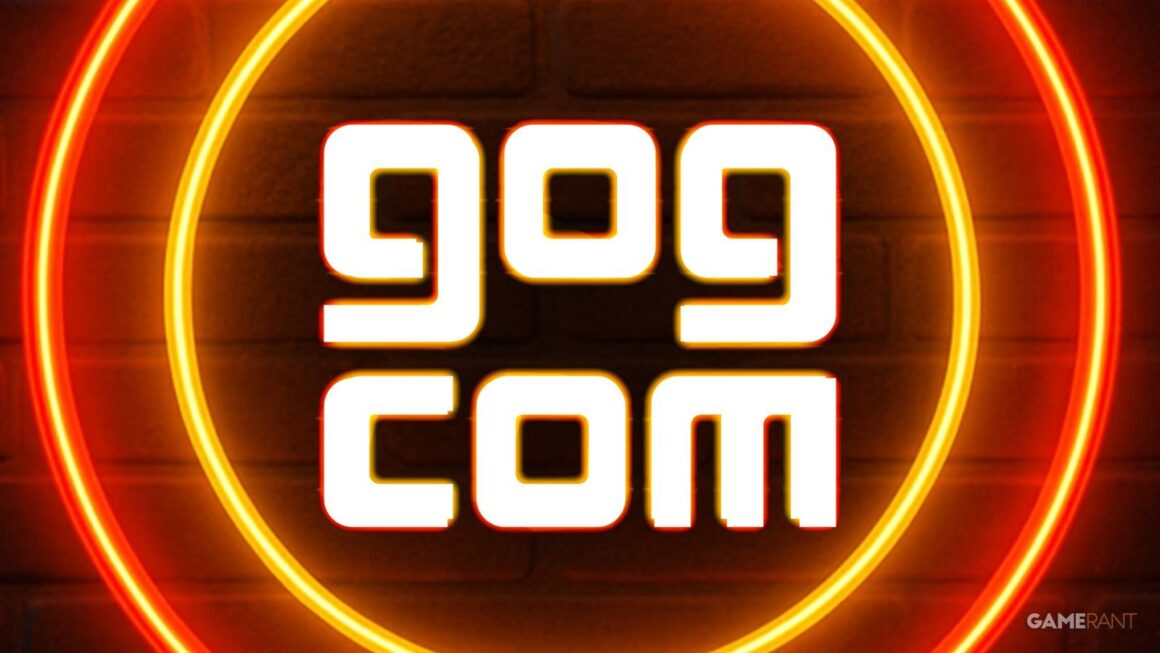
Abstract
- Child Dracula is a intelligent, cute spin-off of Castlevania with distinctive gameplay components.
- Avenging Spirit stands out with its possession mechanic, tragic story, and spectacular visuals.
- Sword of Hope 2 affords a mixture of RPG and point-and-click genres with a assured environment.
It’s simple to think about the Game Boy as a Pokemon machine or a Tetris field, and for lots of children within the ’90s, it most likely was. However beneath all of the block-dropping and Pikachu-chasing have been titles that dared to be unusual, intelligent, or simply wildly forward of their time. The type of video games that didn’t get the highlight again then, however really feel like buried treasure now. These are those that didn’t promote thousands and thousands however completely deserved to.
Whether or not they performed with style conventions, squeezed magic out of restricted {hardware}, or simply provided one thing no different handheld may, these hidden gems made probably the most out of grayscale pixels and two buttons.
Child Dracula
Castlevania However Make It Cute
Konami knew methods to make the Sport Boy sweat, and Child Dracula is an ideal instance. A spin-off of the Castlevania sequence in every little thing however tone, it takes the gothic trappings of its mother or father franchise and shoves them by way of a cartoon filter. What comes out the opposite finish is a platformer that’s snappy, fashionable, and peculiar in all the correct methods.
Gamers take management of Dracula’s pint-sized son, who’s bought a repertoire of spells and transformations as a substitute of only a whip. Every stage introduces new mechanics or enemies with out ever feeling like filler. And whereas it begins simple, the problem slowly creeps up with boss fights that really feel surprisingly tactical. There’s even a degree with a trivia minigame, as a result of why not? Child Dracula by no means bought the mainstream love Metroid or Mega Man did, however anybody who discovered it again then knew they’d one thing particular. It’s goofy. It’s sharp. And it deserves greater than being a footnote in Konami’s historical past.
Avenging Spirit
A Ghost, A Gun, And A Second Likelihood
Every little thing about Avenging Spirit feels prefer it got here from a bizarro universe. It’s a side-scrolling shooter the place the protagonist is already useless. Gamers begin as a ghost, and the gimmick is possession; gamers can take over the our bodies of gangsters, ninjas, robots, and even a mob boss’s pet scientist. Every physique has its personal weapons and playstyle, and a few are very important for reaching secret paths or bonus objects.
What makes it a gem is how assured it’s in its weirdness. The story doesn’t pull punches both; it’s tragic from the bounce, however nonetheless commits to full-on arcade action. And for a handheld title, it appears shockingly good, with massive expressive sprites and clean animation. It’s a type of uncommon Sport Boy video games that might cross for one thing from the Neo Geo Pocket if not for the green-tinted display screen. No person anticipated Avenging Spirit to be this formidable. That’s most likely why it flew beneath the radar.
Sword Of Hope 2
When JRPGs Met Level-And-Click on
On paper, Sword of Hope 2 feels like an ordinary RPG. There’s a prince, a kingdom, and a few mysterious evil threatening the land. However as soon as it boots up, it performs extra like a first-person dungeon crawler with heavy visible novel vitality. It’s bought that Shadowgate vibe, the place gamers discover rooms, solve puzzles, and handle a listing, all by way of a sequence of text-based instructions and menu navigation.
What makes it so attention-grabbing isn’t simply the style fusion, however how assured it’s. There’s a full save system, NPCs with branching dialogue, and item-based development that requires precise logic somewhat than brute drive. It’s slower than traditional RPGs, however richer in environment. And whereas the story would possibly begin easy, it takes sufficient turns to maintain gamers on their toes. Most individuals disregarded it again within the day, assuming it was simply one other RPG knockoff, however those that caught with it discovered one thing quietly memorable.
Daedalian Opus
Tetris For Individuals Who Like To Cry
- Platforms: Sport Boy, MSX
- Launched: April 20, 1990
- Developer: Tokai Communications
- Style: Puzzle, Technique
This one appears like a Tetris clone at first look. Blocks fall. Gamers match them right into a form. However Daedalian Opus is definitely nearer to pure puzzle torture. Every degree offers gamers a form and a particular set of tetromino-style blocks. Your job? Match all of them into that form completely. No rotation throughout placement. No margin for error. Simply uncooked mind energy and a number of quiet swearing.
What’s wild is how Daedalian Opus escalates. Early puzzles are chill, even soothing. By the midway level, it seems like making an attempt to pack a suitcase utilizing nothing however bricks and rage. However that’s additionally why it sticks. It turns Tetris into one thing methodical, deliberate, and maddeningly satisfying when every little thing lastly clicks. The sport has zero frills, no story, and barely any music, however it doesn’t want them. It’s one of the quietly punishing and rewarding experiences on your entire system.
Catrap
Earlier than Rewind Buttons, There Was This
- Platforms: Sport Boy
- Launched: June 1, 1990
- Developer: ASK Kodansha, Kodansha
- Style: Puzzle, Platformer
In 1990, Catrap launched a mechanic to date forward of its time that folks didn’t understand how sensible it was till many years later: undoing your strikes. Gamers management two lovable characters trapped in block-pushing puzzles crammed with ladders, enemies, and one crucial rule: get caught, and also you’re restarting. Except followers hit rewind, which lets gamers scroll again by way of each motion they’ve taken within the degree like a VHS tape.
Except for being ridiculously cute, Catrap is genuinely difficult. Every degree ramps up in complexity, and since gamers swap between two characters to clear the stage collectively, it shortly turns into a type of psychological gymnastics. And the flexibility to rewind? That wasn’t only a gimmick. It gave Catrap the liberty to throw complicated puzzles on the participant with out feeling unfair. It’s no surprise the sport discovered a second life many years in a while the 3DS Digital Console, the place individuals lastly gave it the eye it all the time deserved.
Mole Mania
Miyamoto’s Different Child Deserves Extra Love
There’s no cause Mole Mania ought to have been forgotten. It had Shigeru Miyamoto’s fingerprints throughout it, and but by some means ended up buried beneath the Sport Boy’s mountain of licensed shovelware. Gamers management Muddy Mole, whose household has been kidnapped by a vegetable baron (sure, actually). What follows is a surprisingly brainy puzzle journey that asks gamers to push, pull, and dig their approach by way of maze-like phases with out softlocking themselves.
The digging mechanic is deceptively deep. Muddy can tunnel underground to bypass obstacles, however that modifications the format of the aboveground puzzle, forcing gamers to suppose in two layers directly. And in contrast to many early puzzle video games, Mole Mania doesn’t depend on trial-and-error; it trusts the participant to concentrate and study its logic. It’s a sport that feels nearer to one thing like Zelda than the rest on the system, simply with fewer swords and extra cabbages.
Journey World
The Finest Platformer You By no means Knew You Wished To Pet
Earlier than Journey World turned a cult collectible with absurd worth tags on public sale websites, it quietly launched in Europe and Japan with little fanfare. Which is a disgrace, as a result of Sunsoft poured extra allure into this than most console platformers have been managing on the time. Gamers take management of Yakopoo, a wierd rabbit-like creature that may shapeshift mid-jump, swim, fly, and even kick enemies with its tail. And by some means, none of that ever feels overwhelming.
What makes Journey World really feel particular is how peaceable it may be. Not like most platformers of the period, enemies don’t all the time assault on sight. Many simply stroll round, including to the odd sense of tranquility. The sport’s environments are lush and dreamlike, and the spritework feels nearly unlawful for a 1993 handheld. It’s brief, for positive, however so fastidiously designed that it virtually begs to be replayed, if not for its mechanics, then simply to vibe with its world once more.





